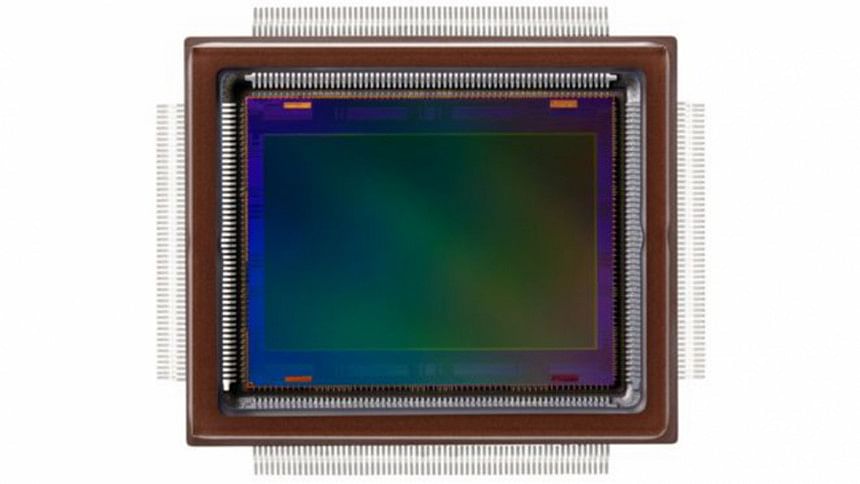Canon develops 250 megapixel sensor

Electronics company Canon has developed a 250 megapixel sensor for use in digital cameras.
Canon said the sensor is sensitive enough to read lettering on the side of an aircraft 18km (11.1 miles) away.
However, it added, the gadget was unlikely to find its way into domestic cameras or smartphones.
Instead, the ultra-high-resolution sensor could find a role in surveillance systems or other specialised applications.
Slow shooter
Canon said it had overcome several technical hurdles to get the sensor functioning.
In particular, it said it had got round the signal and timing problems introduced when reading data from the 250 million pixels (19,580 x 12,600) on board.
Data was read from the chip at a speed of 1.25 billion pixels per second, which, said Canon, demanded much improved signal processing systems to ensure picture taking was well coordinated.
The sensor measures 29.2mm (1.15in) by 20.2mm (0.79in) - which is smaller than the sensors found on many 35mm digital cameras.
The individual pixels on the sensor are about 1.5 microns across - approximately the same size as those found on consumer cameras.
Dr Konstantin Stefanov, a senior research fellow at the Open University's Centre for Electronic Imaging, said it was an "impressive" technical feat to get the sensor working but questioned how useful it would prove to be.
"Sensors can be made bigger, but the question is why you would want them to be bigger, because as they get bigger you have more and more problems," he said.
"Their large size means you can only read them once every few seconds, so they are only good for specialised applications such as astronomy or surveillance."
Canon said the sensor could shoot video but only at five frames per second - far slower than the rate needed for a film.
However, it added, the video clips it captured were 125 times more dense than those in standard HD video and about 30 times the resolution of 4K video.
Dr Stefanov said it was possible to build bigger sensors, and some of these had found roles in very specialised applications such as hospital X-ray machines, where the sensor replaced the photographic plate that captured the image.
However, he said, improvements in other elements of an imaging system made large sensors unnecessary.
"You do not need such big sensors, because you could use smaller ones and just have better optics," he said.
"Simply increasing the number of pixels is not the only way forward."

 For all latest news, follow The Daily Star's Google News channel.
For all latest news, follow The Daily Star's Google News channel. 



Comments